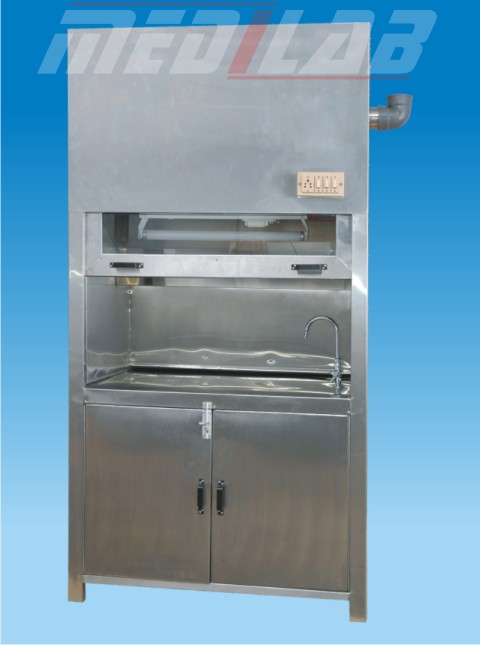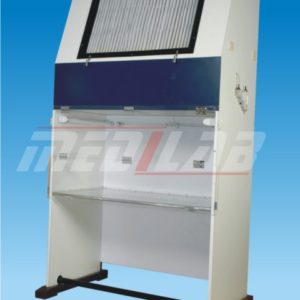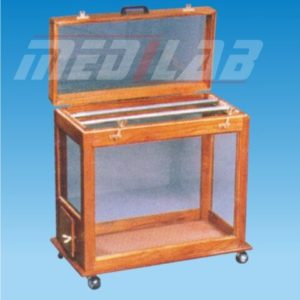Description
A fume hood is a type of ventilation system used in laboratory settings to control and remove hazardous or toxic fumes, dusts, and gases that may be generated during laboratory procedures or experiments.
The fume hood consists of a working chamber that is enclosed by a protective structure with a sash or window that can be raised or lowered to control the air flow. The air is drawn into the hood through a fan or blower and is then directed to an exhaust duct where it is safely removed from the laboratory.
Fume hoods come in different sizes and designs, and they can be customized to suit specific laboratory needs. They are commonly used in chemical, biological, and pharmaceutical research laboratories for tasks such as handling solvents and other chemicals, preparing samples, and conducting experiments involving hazardous materials.
Proper use of fume hoods is critical for laboratory safety, and all users should be trained on their proper operation and maintenance. Regular testing and maintenance of the fume hood’s ventilation system are also necessary to ensure that it is functioning properly and effectively removing hazardous materials from the laboratory environment.







